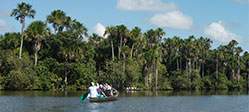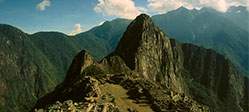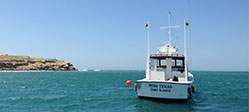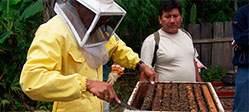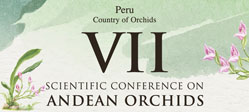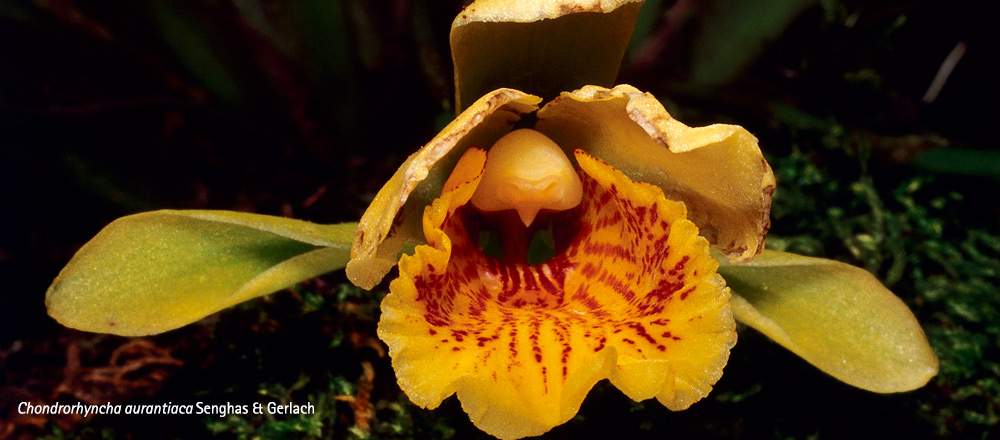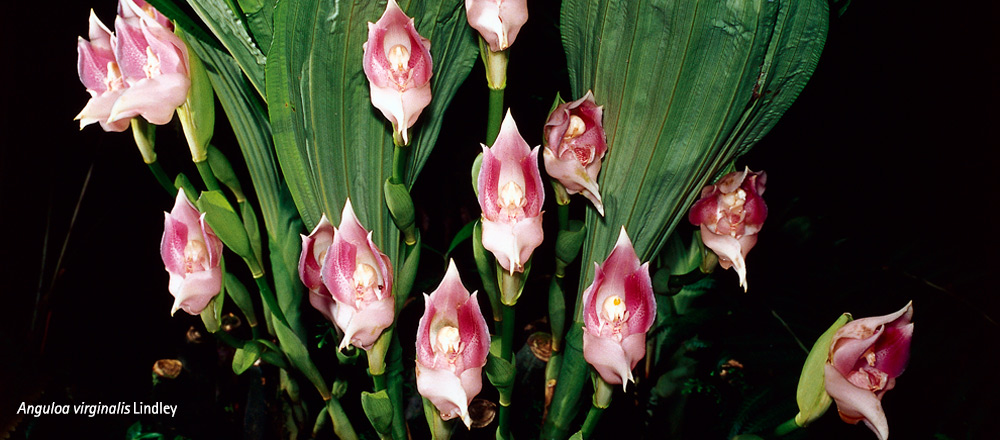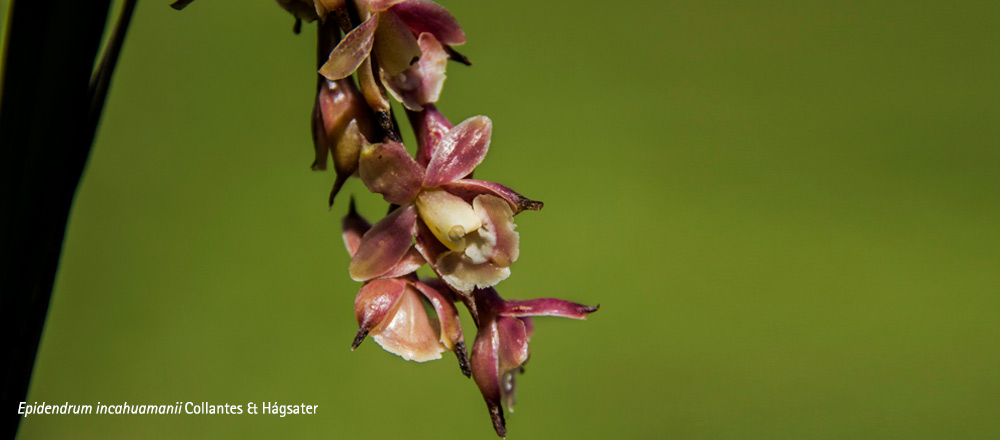Research > Cloud Forest > Native Orchids
Orchids grow in cloud forests due to the interception of cloud water droplets from moving air, likely to be an important source of water for bryophytes of pendant and other diffuse life forms, especially in periods of low rainfall.
An evidence of orchid efflorescence in tropical cloud forests is found at Inkaterra Machu Picchu Pueblo Hotel, which hosts the world’s largest orchid species collection set in a natural environment in a private facility according to the American Orchid Society. 372 native orchid species – some of which are yet to be identified –, including 20 species new to science, have been registered in its orchid trails.
The Inkaterra orchid trails are considered a germplasm bank with the ability to repopulate the cloud forest in the potential scenario of a natural disaster, as forest fires and floods are a potential threat to Machu Picchu’s ecology.
The following list is a brief reference to methodology developed by Inkaterra Asociación in the process of identifying and describing new species:
- The Species (unknown) must be in flower; its morphology is examined and then compared with known species already described in orchid books, such as Icones Orquidacearum Peruviarum, Icones Tropicarom Plantarum (Orchids of Peru, Orchid of Ecuador, Orchids of Venezuela, Colombia Orchids, Orchids of Mexico, Icones Pleurothallidinarum, ).
- If the specimen in full bloom coincides with one of the species already described in the specialized bibliography, then the “unknown” status will be discarded.
- Consequently, if the species in flower is different from all species previously described, then we have encountered a new species to science.
- Botanical drawings of the plant, including its flower, are done in graph paper. The flower is dissected under a stereoscope; each of the segments (sepals, petals, lip, column, anther, pollinarium and others) are drawn.
- The floral segments are stored in a bottle with alcohol and glycerin (Luer Solution) with the lid sealed airtight.
- The preliminary drawing is transferred to ink-tracking paper, or similar, and a meticulous botanical drawing is completed.
- At the same time the total morphology of the specimen, color and sizes of each part are described.
- For this process, it is required to have at least two additional specimens in bloom.
- Three samples are pressed to be deposited in a scientific institution, such as the Natural History Museum of the National University of San Marcos (UNSM), the Agriculture University of La Molina (MOL), the Herbarium Vargas (CUS), or another.
- The description of the morphological specifications that distinguishes this species from all others is made in Latin.
- The description of the plant is completed, along with other records, recognition, distribution, ecology, conservation status, etymology, author, illustrator, and editor.
- Finally, it is published in a scientific journal, or in any specialty book (Icones Orchidacearum). The herbarium and the publication of the description of the new species are a sort of “birth certificate” that attests to the existence of the species to the scientific community.



